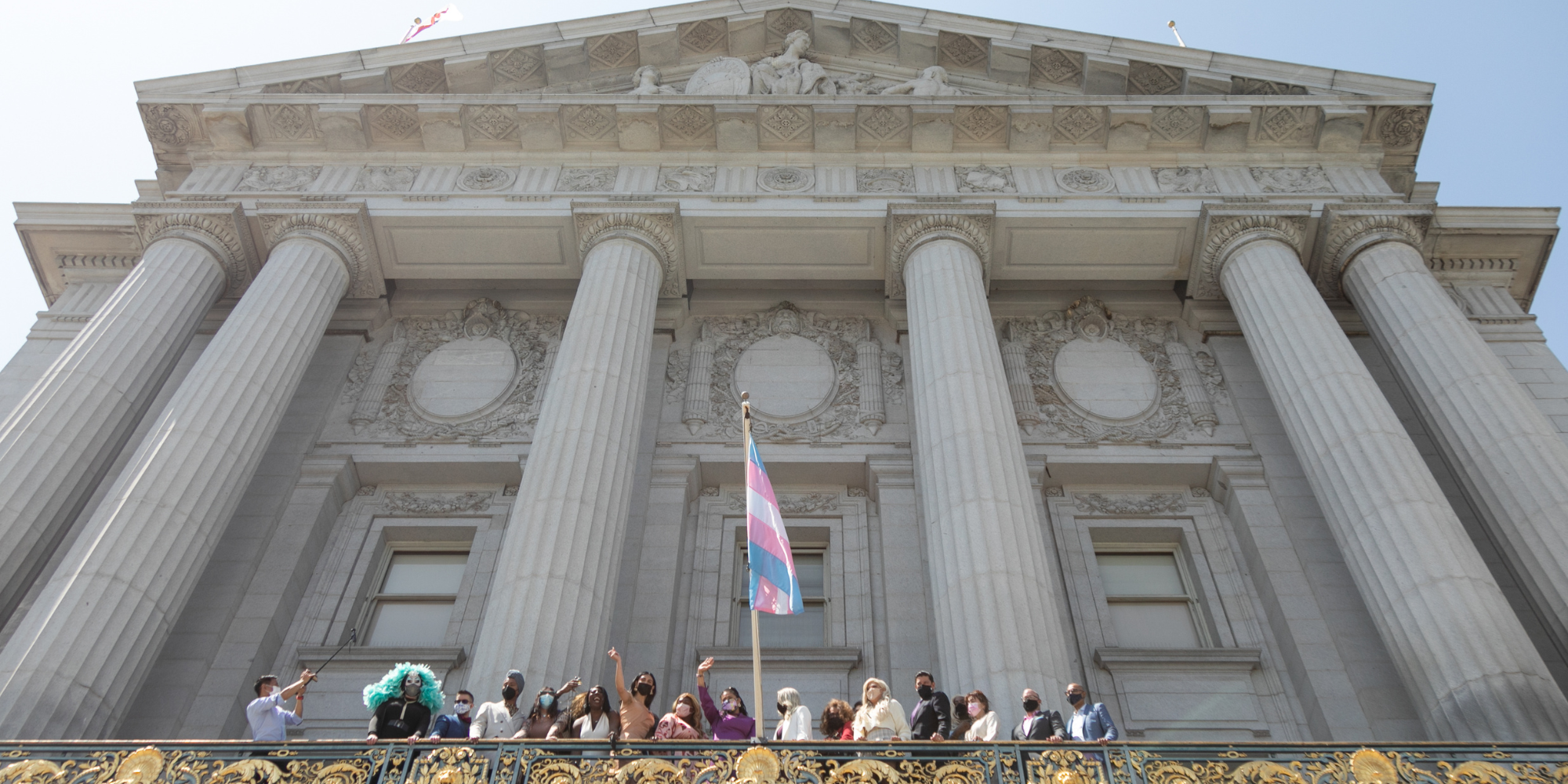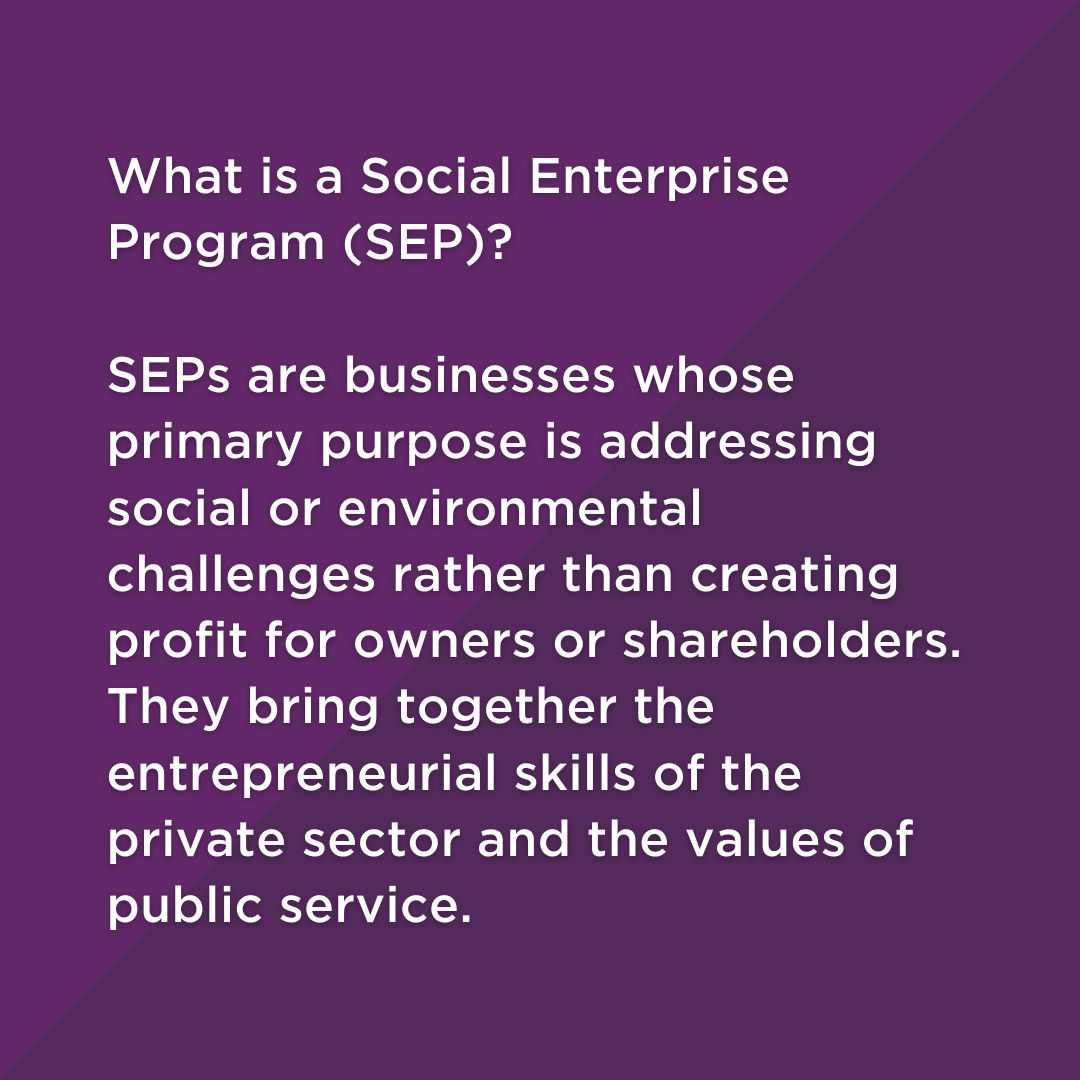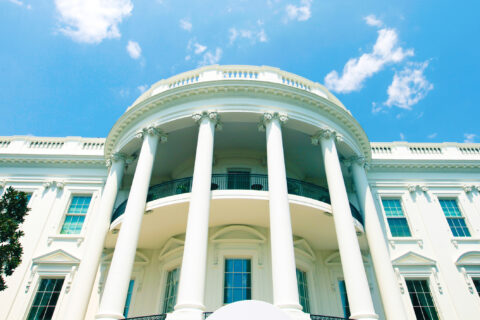Contributing Author: Jupiter Pereza, Director of Social Justice and Empowerment Initiatives at The Transgender District
The Transgender District celebrates the annual Transgender History Month in August. The following blog highlights how cultural districts, such as the Transgender District, play a proactive role in achieving comprehensive city goals related to housing, community development, transportation, arts/culture, and more. As we celebrate Transgender History Month this August, this blog intends to inspire local leaders to not only partner with and support cultural districts but also to consider how a Transgender District could benefit their city.
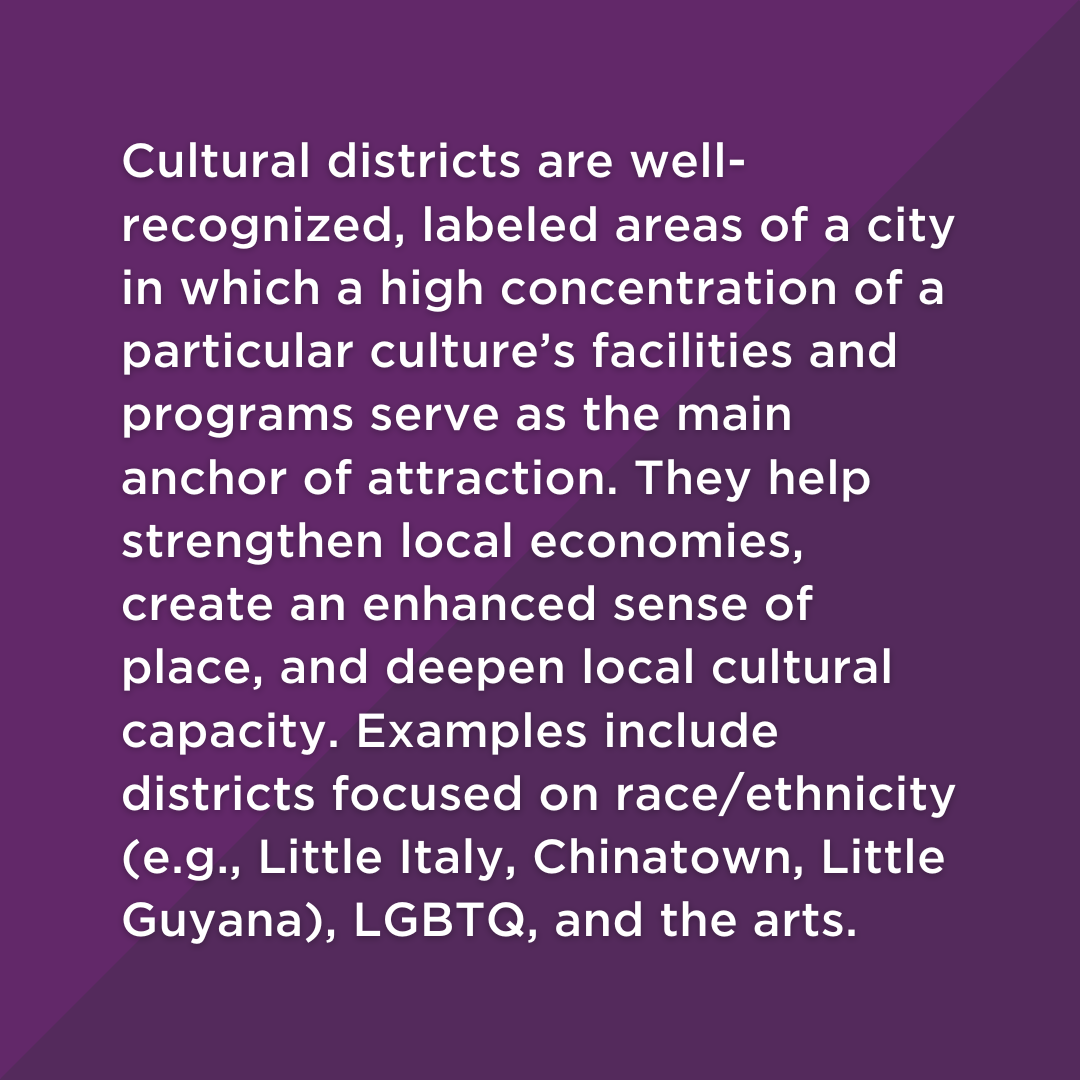
The Tenderloin District
The Tenderloin is the heart of San Francisco and The Transgender District’s home. The neighborhood binds history, culture, politics, and community unlike any other neighborhood in the United States. The Tenderloin retains the densest population of transgender individuals in the United States – a population that The Transgender District serves and is proud to call a community. The Tenderloin has witnessed revolutionary acts – such as the first organized sex worker strike in 1917 and the first large-scale act of resistance of Black and Brown trans and queer individuals against police brutality, otherwise known as the Compton’s Cafeteria Riots of 1966. The riots of 1966 were a turning point for the LGBTQ+ community in San Francisco for civil liberties and freedom of expression. The Compton’s Cafeteria Riots were by no means a coincidence; the Tenderloin boasted a large transgender and queer community that reached a tipping point after decades of mistreatment, coercion, and violence from the San Francisco Police Department. The site of the riots – the intersection of Turk and Taylor Streets – is the heart of The Transgender District, and represents a critical event that catalyzed modern-day trans and gay activism. Nonetheless, the Tenderloin resisted – as it honed and operationalized powerful political power as a result of its diverse and vibrant community make-up.
The Transgender District Benefits the Neighborhood & City Overall
The Transgender District’s work to support its residents parallels municipal goals overall, aiming to improve the quality of life of its residents as well as the neighborhood itself. The District’s seven main program initiatives include:
- Tenant Protections
Gentrification and displacement challenges plague the Tenderloin neighborhood, putting transgender residents at risk. The Transgender District collaborates with the City and County of San Francisco, as well as local housing agencies, to provide stable housing for transgender residents. Many transgender residents of Tenderloin also face homelessness. The District identifies resources within the neighborhood that can combat transgender homelessness.
In 2021, The Transgender District launched Housing Opportunities for Transgender Tenants (HOTT) which was a pilot housing subsidy program that housed and subsidized the rent by 50 percent for eight transgender, gender non-conforming, non-binary, or intersex (TGNI) individuals throughout the San Francisco Bay Area. HOTT stabilized the lives of those eight individuals and enabled the opportunity for long-term planning and financial prosperity.
- Economics and Workforce Development
Transgender people face challenges, not only acquiring jobs but also creating their own businesses due to discrimination, lack of accessibility, funding resources, and more. The District hosts an incubator Entrepreneurship Accelerator Program – a boot camp training that offers monetary resources and educational opportunities for transgender entrepreneurs eager to open businesses. A seed grant of $10K, sponsored incorporation, website, branding suite, and coaching are amongst the various offerings of the Entrepreneurship Accelerator Program.
The District focuses on social enterprise programming where they offer both monetary and non-monetary (i.e., sweat equity) support to transgender entrepreneurs to bolster their business aspirations.
- Arts and Culture
Research has shown that arts and culture programming empowers individuals, nurtures healing and acceptance, as well as provides economic benefits to communities overall. The District approaches this work to similarly achieve two goals:
- Educate the broader world on the acceptance, equality, and liberation of transgender people
- Amplify opportunities for transgender artists, musicians, performers, business owners, and cultural workers to support their livelihood
The District’s arts and culture activities include exhibitions, cultural celebrations, festivals, informative and topical panel discussions, musical events, and more.
This year, The Transgender District is hosting the RIOT PARTY – a fundraiser and commemorative celebration of the Compton’s Cafeteria Riots of 1966 – on August 28th in the Tenderloin with a dynamic lineup of celebrated trans and queer artists, musicians, performers, and DJs.
- Cultural Heritage Conservation
Racial and social disparities exist for the landmarks deemed of historical significance. Of the nearly 100,000 landmarks and sites identified by the National Register of Historic Places (NRHP), only two percent were deemed significant to Black American experiences. The Transgender District is proactively making efforts to preserve transgender history and cultural heritage. Just recently, The Transgender District worked with San Francisco elected officials to initiate a landmark designation for the Turk & Taylor Streets Intersection as the site of the Compton’s Cafeteria Riots of 1966 by the local historic preservation commission. Last year, The Transgender District led efforts to designate August as Transgender History Month in the city and county of San Francisco with Mayor London Breed signing a proclamation formally recognizing the occasion. Transgender History Month became the nation’s first commemorative month for transgender history. With trans history being mostly oral history, Transgender History Month aims to correct and reverse the erasure of trans and queer history as a way of molding a future in which the contributions of transgender individuals are recognized and honored.
- Cultural Competency
Cultural competency offers the opportunity to learn and build more empathy, understanding, and allyship among people with varying identities. The transgender community systemically endures challenges to freely, safely exist, and be respected and celebrated in society. An overall goal of the District’s work is to nurture a more socially, culturally, and economically empowered society for transgender people. An example of how the District is doing this is ensuring transgender representation in marketing and advertising. They launched a public awareness campaign titled #KnowOurPlace with an official website domain both in English and Spanish. The campaign was a place-making effort to highlight the diversity, accomplishments, and individuality of the TGNC community in San Francisco.
- Land Use
Redevelopment changes and upgrades to the built environment – beautification, street closures, crosswalk art, sidewalk maintenance, and more – require zoning and land use approvals by local government offices. The District collaborates with the City and County of San Francisco, the Department of Public Works, and the Municipal Transit Agency to ensure the District continues improving and meeting residents’ needs.
- Trans Empowerment
A special program area of The District is trans empowerment. Universal narratives of the transgender community are entrenched in pessimistic, vile, and unkind characterizations. The Transgender District has launched several efforts and initiatives with the goal to uplift and honor individuals of trans and queer experience to reclaim narratives. In 2021, The District launched the State of Trans Visibility panels for Pride Month – one focusing on Politics, Policy, and Social Justice and the other on Hollywood – to discuss the rise of trans individuals in their respective fields aforementioned. Discussions of gender-affirming surgeries have also been a prominent topic in order to support and aid individuals seeking affirming medical services (i.e. Post-Op Panel: Trans Feminine and Trans-Masculine).
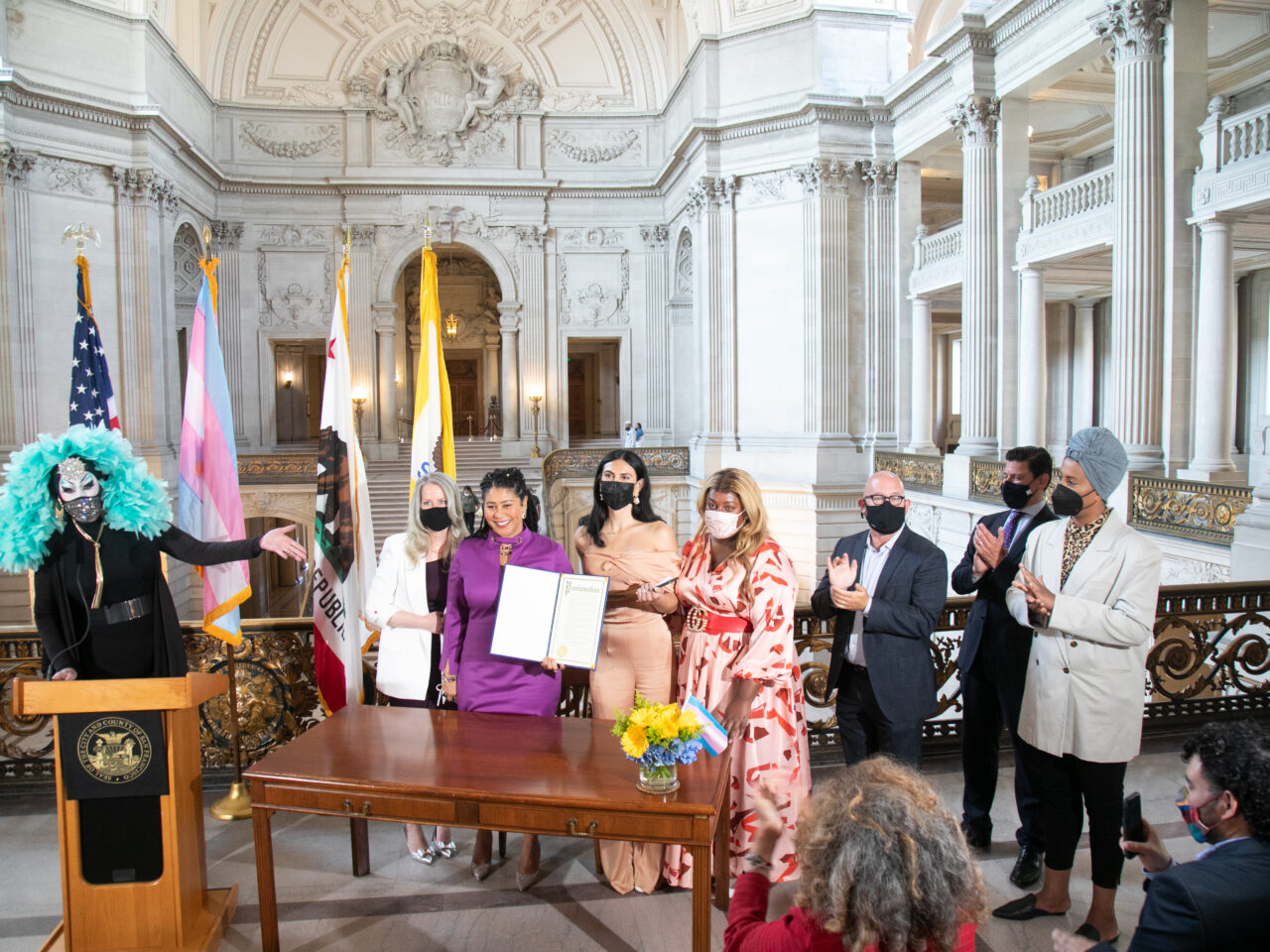
How Local Leaders Can Invest in Transgender Community Development
- Replicate and Enact Policies that Make Transgender Districts Possible
As shown with the program highlights from the Transgender District, cultural districts play vital roles in supporting residents, particularly those with endure historically excluded oppressions. Local leaders can evaluate the “culture pockets” in their cities, towns, and villages to consider how designating them as cultural districts can better empower the residents and promote their thriving businesses.
- Empower Cultural District Leaders in Development & Programming Processes
As local leaders approach new development, cultural district leaders serve as vital leaders in the community who deserve a seat at the table. Local policy, such as zoning or land use changes, can greatly hinder or promote cultural districts’ impact and residents’ lives. Furthermore, culture district leaders have vital knowledge of the experiences and systemic challenges residents face.
- Public-Private Partnerships with Culture-based Organizations
For similar reasons culture districts serve as exceptional collaborators for local development and programming, cultural districts, such as the Transgender District, can amplify the processes and outcomes for a variety of projects.

About the Authors:
Jupiter Pereza is the Director of Social Justice and Empowerment Initiatives at The Transgender District.

Abygail C. Mangar is a Program Manager within NLC’s Center for City Solutions.
